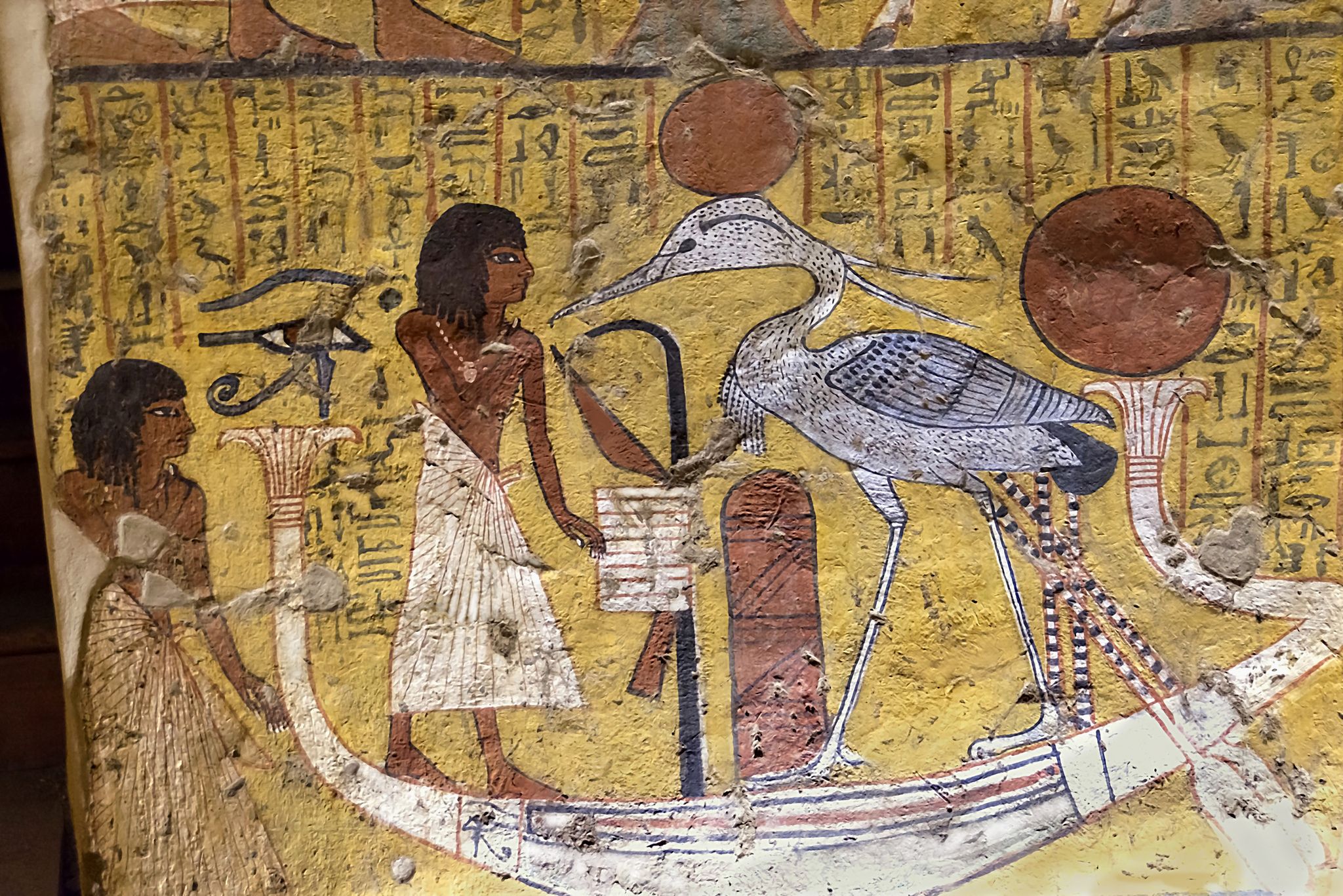
Explore a tour of Deir el-Medina’s: Valley of the Artisan’s Secrets
Deir el-Medina’s Nestled on the western bank of the Nile River, lies an ancient Egyptian village that holds a wealth of historical and artistic marvels. Welcome to Deir el-Medina, the Arabic term Deir El Medina means “the monastery of the city,” also known as the Valley of the Artisans. In this blog post, we will embark on a journey to uncover the secrets and significance of this remarkable archaeological site.
1- Historical Significance
Deir el-Medina was a vibrant community that thrived during the New Kingdom period of ancient Egypt, approximately between the 16th and 11th centuries BCE. It served as the residence for the highly skilled artisans who constructed and decorated the royal tombs in the nearby Valley of the Kings¸ Valley of the Queens, and the charming temple of Hatshepsut. This village was a hub of creativity, craftsmanship, and devotion to the divine.
2-The Tombs of Deir el-Medina
The tombs created by the artisans of Deir el-Medina are a testament to their exceptional skills and dedication. These tombs, belonging to pharaohs, queens, and nobility, showcase intricate wall paintings, detailed carvings, and hieroglyphic inscriptions. Exploring these tombs offers a fascinating insight into the religious beliefs, rituals, and funerary practices of ancient Egypt.
3- Daily Life and Structures
The village of Deir el-Medina consisted of modest homes, narrow streets, and communal facilities. Each house was constructed with mud-brick walls and had multiple rooms to accommodate the artisans and their families. The village also featured a temple dedicated to the goddess Hathor, the patroness of love, music, and fertility. This temple served as a place of worship and a focal point for various religious rituals.
4- Artistic Marvels
One of the most intriguing aspects of Deir el-Medina is the abundance of ancient Egyptian art found within its boundaries. The artisans created magnificent paintings and intricate reliefs that adorned the tombs of the pharaohs. These artistic masterpieces provide a glimpse into the beliefs, customs, and daily life of the ancient Egyptians. The vivid colors, detailed hieroglyphs, and captivating scenes transport us back in time, showcasing the exceptional skills of the Valley’s artisans.
5- Unraveling the Secrets
Excavations in Deir el-Medina have revealed fascinating insights into the lives of the artisans and their interactions with the ruling elite. The discovery of personal letters, legal documents, and administrative records has shed light on the social dynamics, hierarchies, and even instances of crime within the village. Such findings enable us to better understand the lives of ordinary individuals in ancient Egypt.
6-Preserving the Legacy
Preservation and conservation efforts are crucial to safeguarding the invaluable heritage of Deir el-Medina. Archaeologists, historians, and experts work tirelessly to protect the site and its fragile artifacts from natural elements and human interference. Through ongoing research and responsible tourism, we can ensure that future generations will continue to marvel at the wonders of this ancient village.
In ancient Egypt, Deir el-Medina, the Valley of the Artisans, is a testament to creativity, ingenuity, and craftsmanship. An excavation of this remarkable archaeological site offers a glimpse into the lives of artisans who helped create the Valley of the Kings’ glory. The artisans of Deir el-Medina were highly skilled and specialized in a variety of crafts, including woodworking, metal-working, and painting. They also produced artifacts and decorations for the tombs of the Pharaohs. Their work was essential in creating the grandeur and majesty of ancient Egypt.
Explore the West Bank of Luxor with Jana tours, Enjoy the beauty of the ancient city, explore the many attractions, and experience the history of the West Bank. Our Luxor tours are tailored to your needs and provide an enjoyable and safe experience. Book now!

